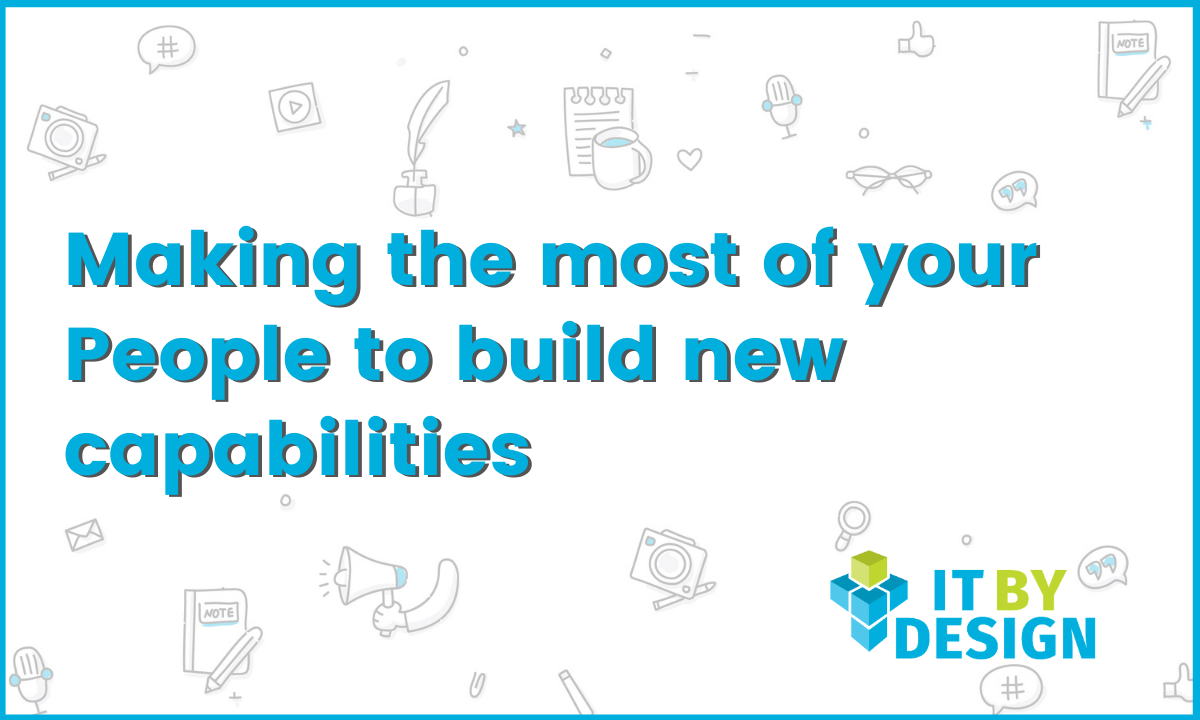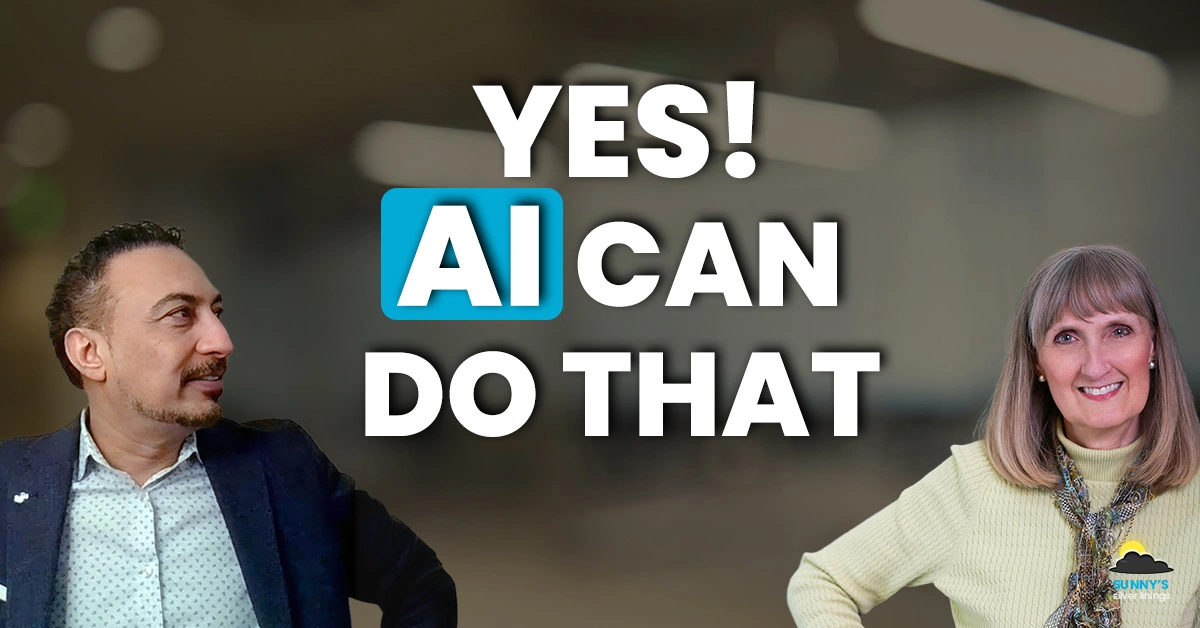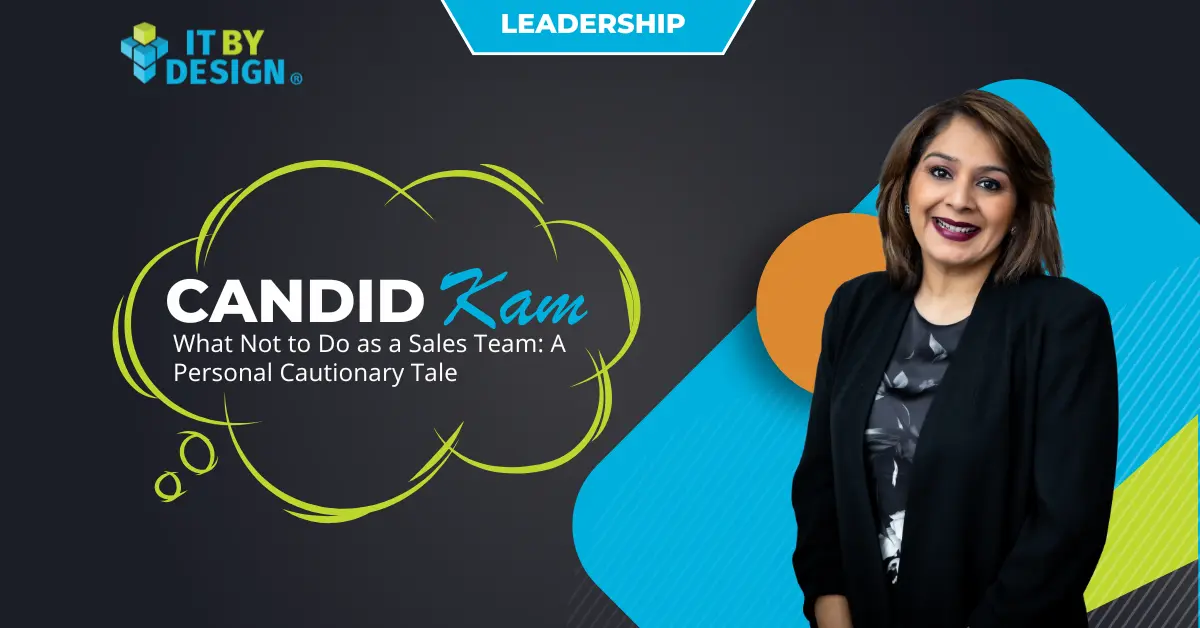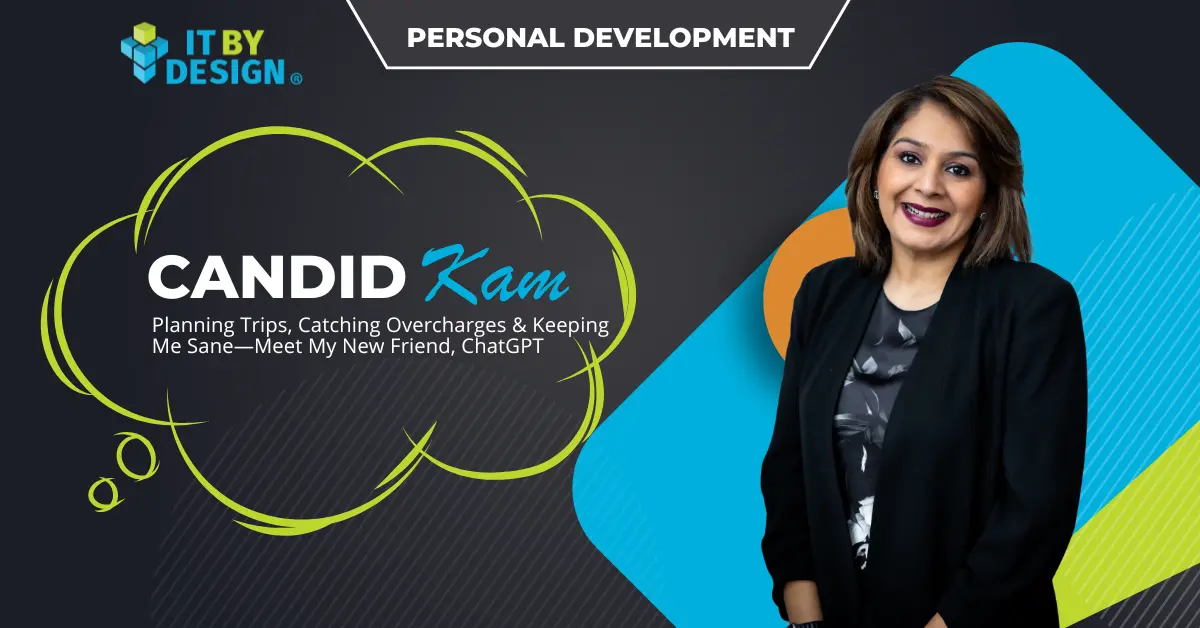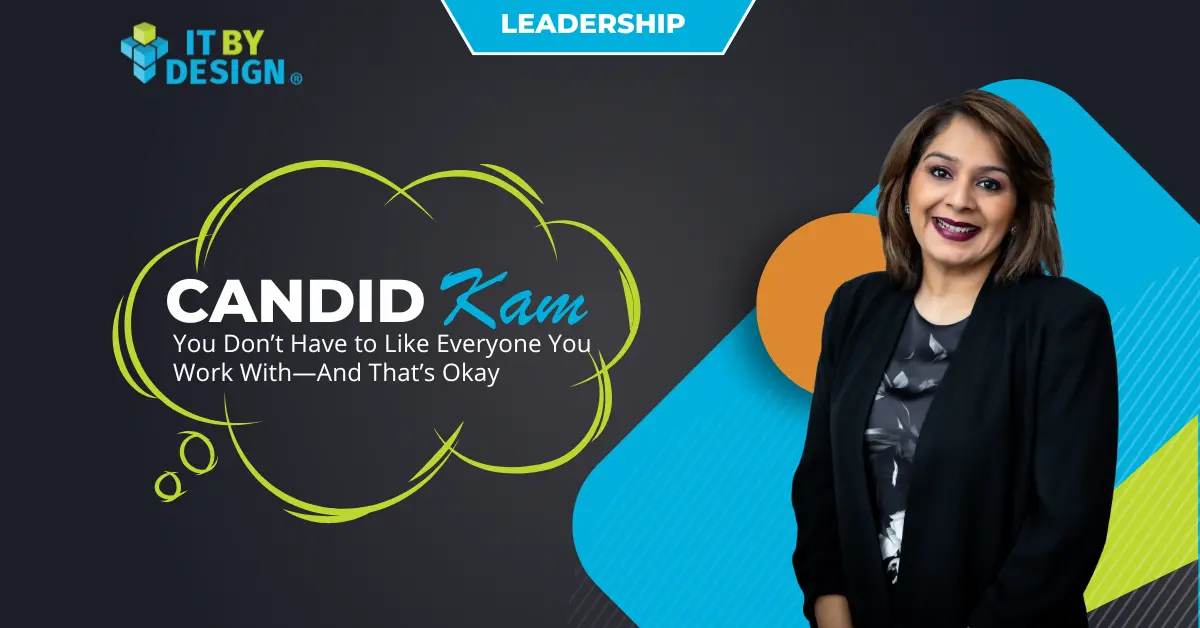Identifying and building your business capabilities can mean the difference between sustained growth and short-term success with results that quickly fade. Yet in many cases, companies focus too much on the finish line and not enough on adding new capabilities–the muscles they need to build and strengthen to stay relevant in the changing dynamics of the current economy. Simply put: They fail to innovate at the core level.
By “capability,” I mean building the capacity to do something well in a way that improves your business’ performance. Be it launching a value-add service, developing a new product, or switching to a new business model-each of these changes requires new, specific capabilities that the company needs to build to execute any transformation and sustain its benefits.
Pick competencies that add value to your business
Building new capabilities ideally requires coordination across functions and business units, putting people at the heart of everything. To ensure this, assemble a cross-functional team with the necessary expertise and perspectives while brainstorming on new capabilities. This team will help you ensure that critical aspects don’t fall through the cracks. This team should include representatives from HR, IT, marketing and finance as well as the more obvious reps from leadership, service and sales to cover all aspects of building out a new capability.
During roundtables, try to be open to all ideas without labeling them in a negative way. Take some time to think through how and where you can use existing internal resources for building capabilities, which will accelerate development and execution. Rather than treating capabilities as an abstract exercise, make the entire experience as practical as possible, grounding it in employees’ daily work and responsibilities.
In the end, prioritize a few critical capabilities that will deliver the greatest value without them being labeled as “too simple” or “tough to achieve.” Sometimes, capabilities that are important but hardest to implement require significant time, energy, resources, and commitment from leadership.
Complete the skill mapping thoroughly
Building new capabilities often involve tweaking existing employees’ roles and sometimes work identities. Work with your HR team to look at every department, examine every process, and look for efficiencies. Use common tools such as face-to-face and telephone interviews, structured/semi-structured/unstructured questionnaires, focus group discussions, and online surveys to get a sense of untapped knowledge and future knowledge gaps. You never know what talent may be hiding in your racks unless you ask.
Train for success
Once you are done with skill mapping, select high-potential candidates for up-skilling or re-skilling to fill new roles or for additional responsibilities. Remember, this can be really tricky. I am not suggesting you show favoritism, but pick those that always express great enthusiasm in learning new skills. It’s important to recognize who you should invest more time in.
Training people to enable them to perform effectively in a new role with the same levels of productivity should be your priority. This is why, while sketching out all learning program for new capabilities, you must focus on the “knowledge gap” analytics.
Link skill training to their career development plan
Having a purpose is a major motivator for any employee. When your people feel that they can grow and learn while also supporting your business innovation, your company benefits from the sense of purpose this sparks. Employees stay at a company for longer if it invests in their careers—and if they feel they have purpose. So, introduce all training initiatives under their career development plan, helping them see the advantage to them as well. Remember, when people feel they are constantly learning new skills and can see a path for continued progress, they remain engaged and inspired.
Final Thought: Regardless of your industry, constantly building new capabilities is a critical element in improving your business’ performance and sustaining profits. By focusing on identifying innovations, a structured approach for building these new capabilities, and the right support from leaders, you can successfully transform your business into an all-season business.

